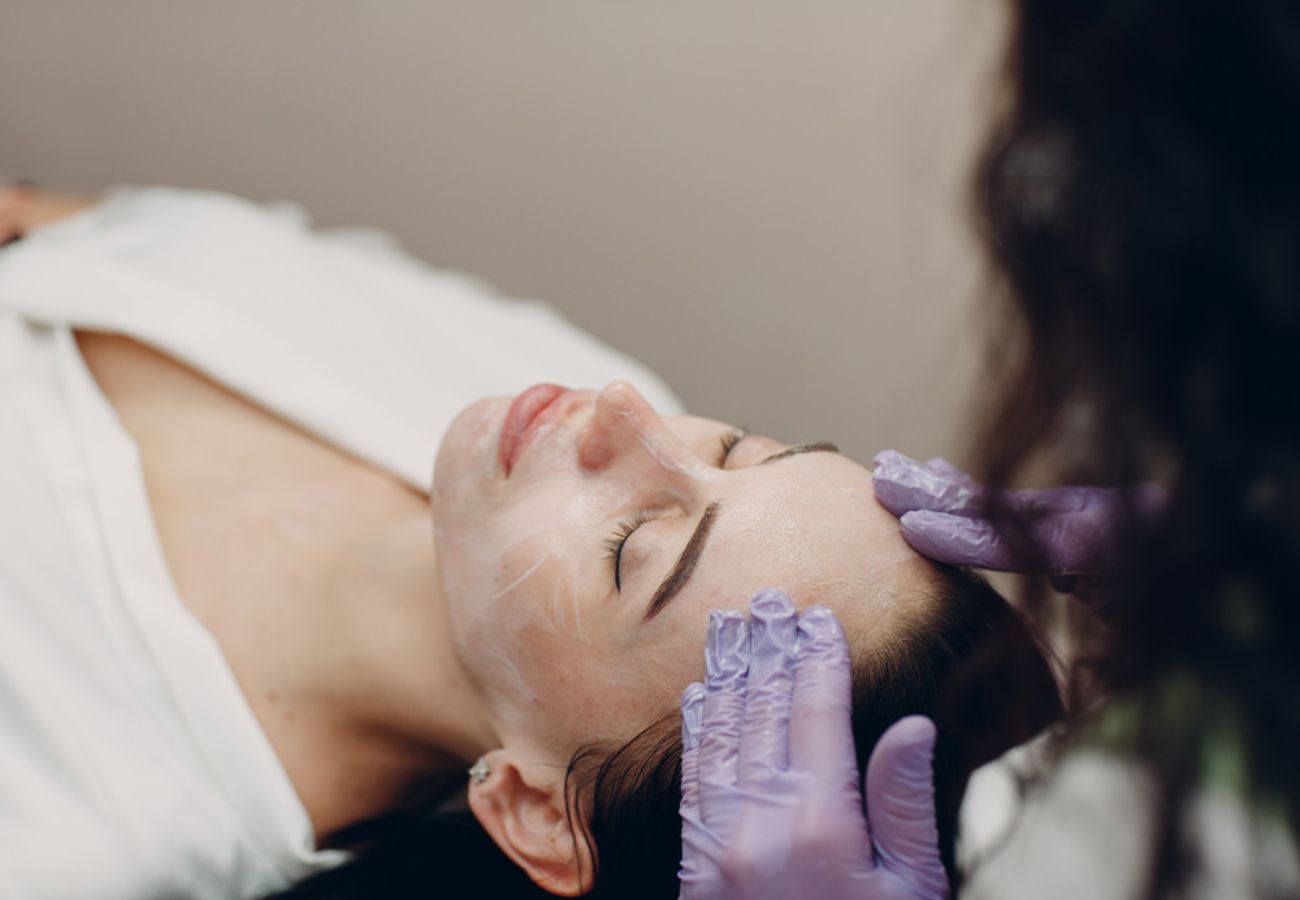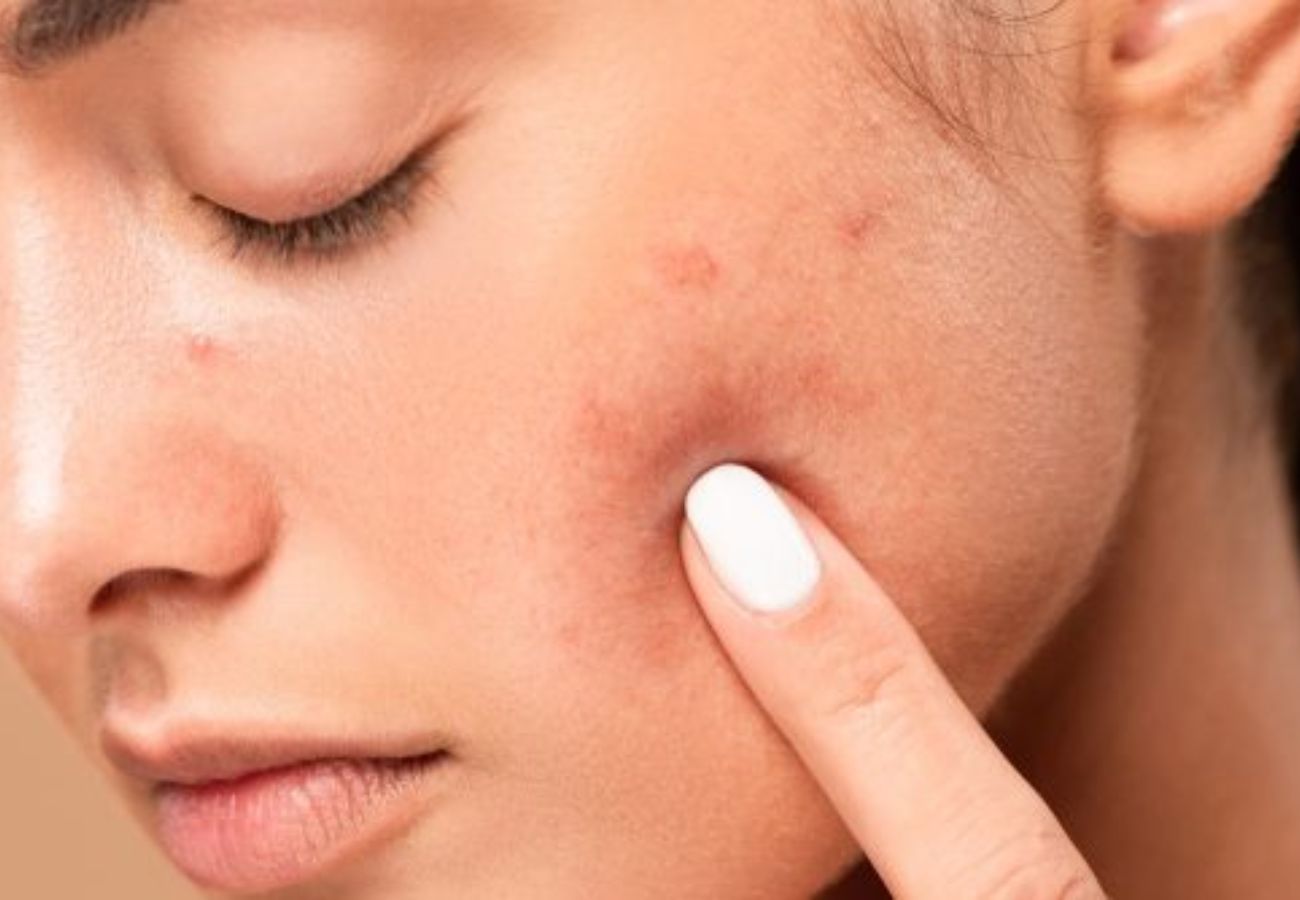
11 Facts That You Need To Know Before Heading To The Beach
As we officially dive into summer, a few concerns generally pop up, especially for those sun and beach worshippers amongst us. Issues like pigmentation, even-toned complexion, freckles and hyper-pigmentation. Once faced with all these mishaps, the viscous cycle suddenly emerges, after all the TLC we offered our skin during winter, be it retinol use, chemical peels and more, we arrive into summer skin-perfect, only to lose control and get lost in how to protect and maintain our skin right now!
Today we will discuss how to deal with your sun-kissed skin throughout summer, while keeping your phobias at bay..
1 || Retinol & The Beach
The keyword for getting the best results of your retinol is “consistency”. However, you may need to lay off retinol or prescription retinoids one week before hitting the beach. Why? Simply because it boosts your cell turnover making your skin so sensitive to the sun. You can definitely get back to your gentle retinol products five days after you’ve been in the sun and this is only if you are someone who applies sunscreen faithfully during summer. Because what’s the point if you apply retinol and get sun damage? it will only counterproductive. Otherwise, keep your retinol routine to the colder months.
2 || Razor Increases Sunburns
Hmmm, unwanted hair on the beach? Yuck. The best way to get rid of it is by doing hair removal laser sessions. But these require that you stay out of the sun for several days after each session. This is why it is recommended to do them during winter. If you have a week or so before hitting the beach, then it’s not technically too late to get started. Otherwise, you may need to shave with a razor. In this case, make sure to shave at least one night before going to the beach to avoid razor burn and ingrown hairs. Shave in different directions and don’t press the blade too hard against the skin. A non-irritating product may come in handy.
3 || When You Apply Your SPF Actually Matters
If you think that applying your sunscreen right before you leave the house or hotel is a good idea, then you are wrong. Applying SPF and going immediately under the sun won’t do you any favor, especially with chemical sunscreens. Your skin needs at least 15 minutes to absorb SPF so it can be protected from the sun. We recommend you to skip chemical sunscreens altogether and stick to a mineral formula. These utilize natural ingredients that sit on top of the skin and reflect away sun rays. Whichever formula you choose, make sure to apply at least 20 minutes before hitting the beach.
4 || Sun Exposure Can Permanently Darken Preexisting Scars
This means you should extra protect these scars with sunscreen.
5 || Your Sunscreen Needs Protection
Yep, you heard this right… The sunscreen that protects you from the sun may get spoiled when exposed to heat beyond 25 degrees Celcius, which is basically a cool day at the beach. But where do you keep it then when you certainly need to reapply? keep in mind that you need to store it away from direct sunlight and to keep it as cool as possible. This makes the very bottom of your bag a good place to store it. Another thing that comes to mind is putting it in an ice bucket, again away from direct sunlight.
Remember that if your sunscreen is spoiled it is no longer effective. That said, a good thing to consider is buying a small bottle that won’t last long. If your sunscreen has a bad smell, its color has changed, or it has separated then you need a new one.
6 || It Is Not Only The Sun
Sun spots are not only caused by direct sun exposure by the way! Its equally the heat given off from the sun that stimulates melanin production. This results in discoloration on the skin. So no matter how much you apply sunscreen, wear a hat and remain in the shade, being surrounded by extreme heat will definitely develop spots on your skin. I personally remove my sun hat while in extreme warm weather the minute I feel hot and sweaty! Which brings me to the upcoming tip..
7 || Acid Peels At The Beach?
Keeping pigmentation at bay can also be achieved by regularly exfoliating the skin using AHA’s. This can be with acids, at-home peels, gentle facial scrubs, derma-planing and sonic cleansing brushes. Just like retinol, don’t worry about the fact that the skin gets slightly more sensitive to those ingredients during summer, as long as you’re not seeking a tan and are diligent about your sun protection habits, it’s business as usual with your acids. If you’re going to be at the beach for a few days, you might not want to exfoliate a night or two before.
8 || Consider SPF Clothing
Did you know that there are some fashion brands that offers pieces with SPF?? Yep you heard it right. You can now wear clothes that protect your body from harmful UV radiation. What to look for? A fabric must have a UPF of 30 – 49 to offer you a good protection.
9 || Is Your Hat Making You Feel Cooler Or Hotter?
In theory, protecting your skin by wearing a hat when outdoors is always a smart idea. However, you want to limit your exposure to both heat and sun. A hat will provide shading for the face but there are times when it can make your face get hotter. Remember, heat as well is an enemy to your skin.. Your decision must be based on the fact of whether your hat makes you feel cooler or hotter..
10 || Double Up The Protection Of Sunscreen
Vitamin C serum with the ingredient tetrahexyldecyl ascorbate provides brightening benefits especially when applied under your sunscreen. By doing so you will be providing four times the protection of sunscreen alone.
11 || Yep, You Can Increase Your Internal SPF
The keyword here is “antioxidants”. Consume a diet rich in beta-carotene like carrots, sweet potatoes, kale, and spinach to increase your internal SPF significantly. Moreover, taking 2,000 mg of vitamin C and 1,000 IU of vitamin E each day will help you tolerate 20 percent more UV exposure before getting sunburned.






